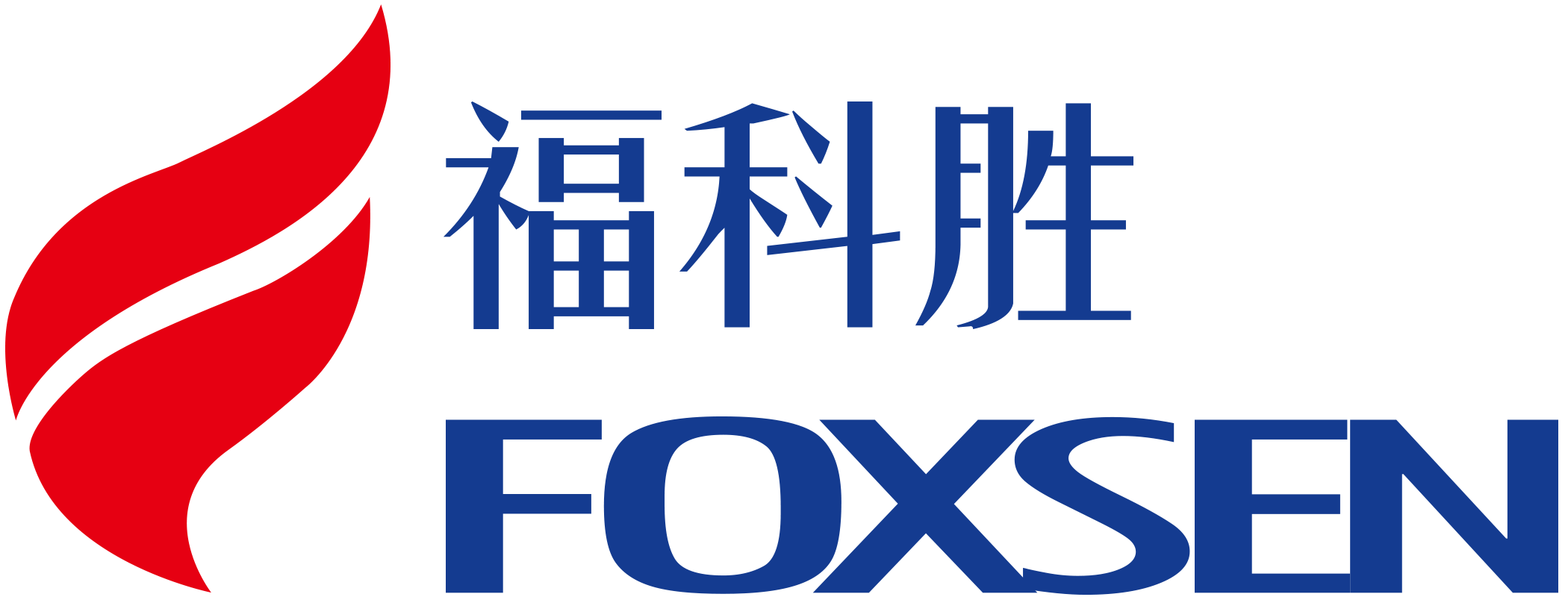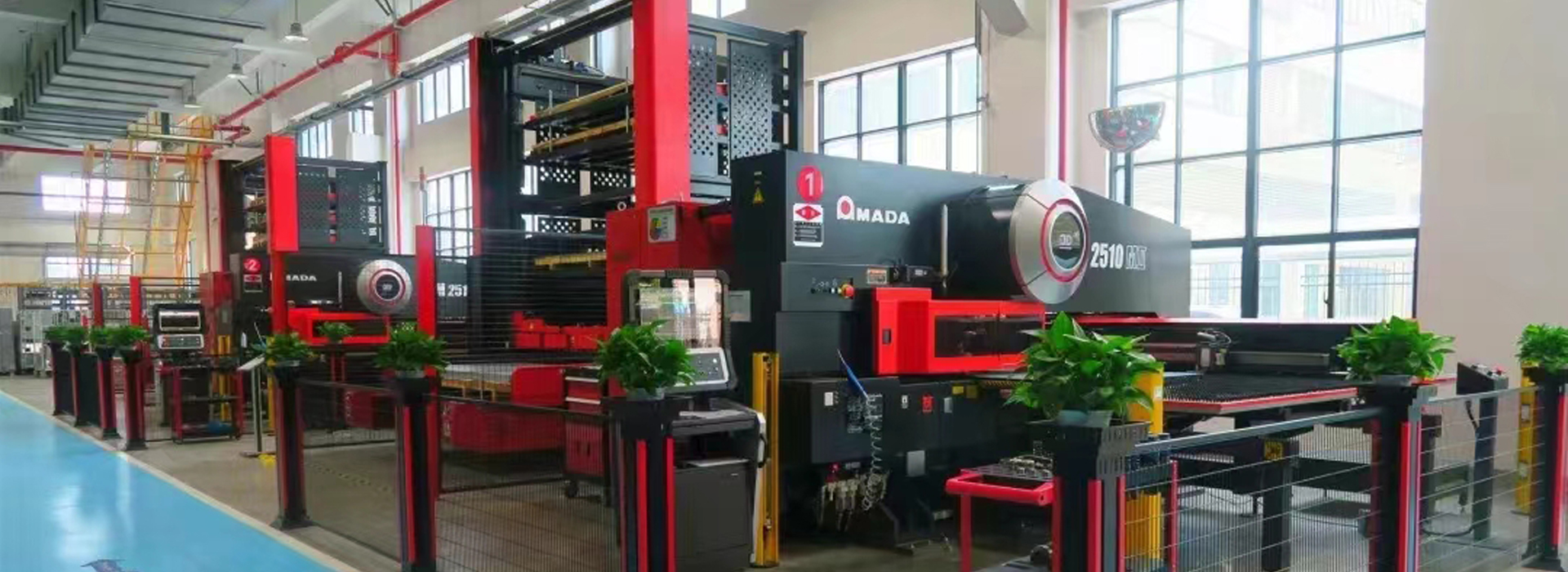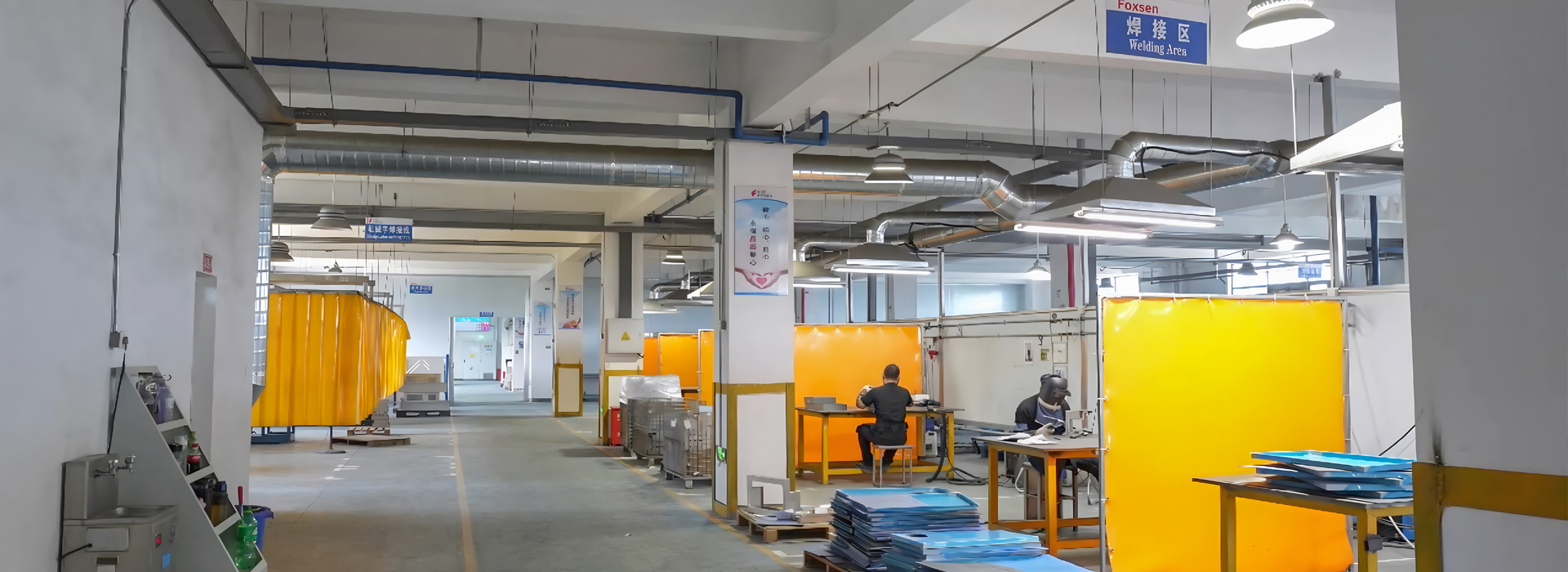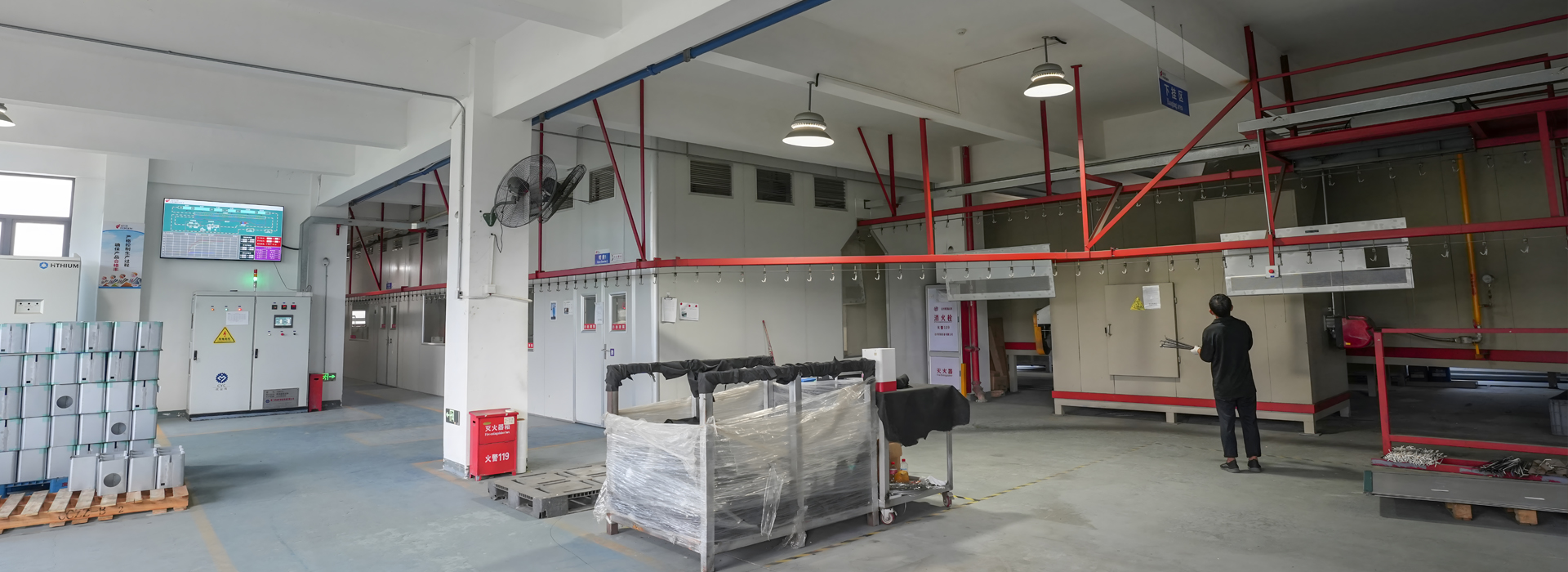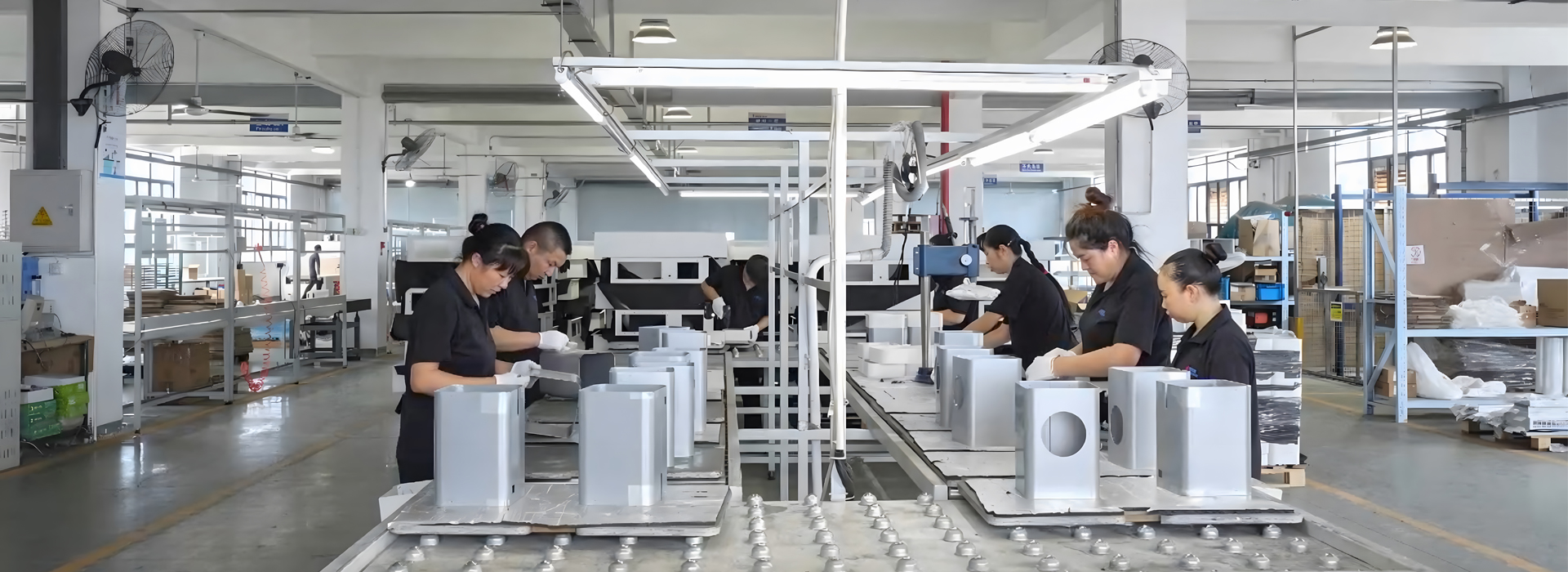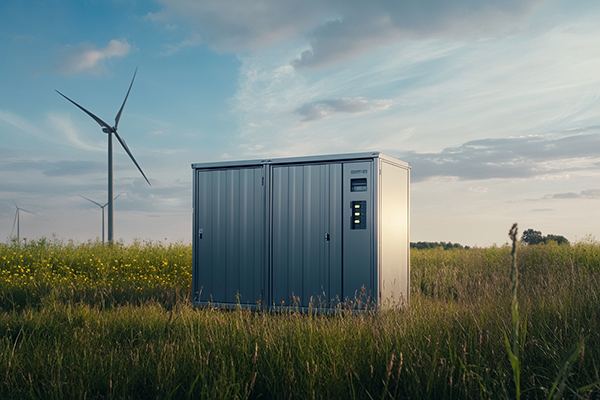
Choosing the right sheet metal frame can make or break your custom project. The frame serves as the backbone, determining both the functionality and durability of your design. A well-chosen frame ensures your project withstands wear and tear while delivering the performance you need.
Did you know the global sheet metal market is expected to grow from $10.3 billion in 2024 to $15.2 billion by 2034? This growth highlights the increasing demand for versatile and reliable metal solutions, especially in industries like construction and automotive.
Selecting the wrong frame, however, can lead to costly repairs or even project failure. By understanding your needs and exploring the best metal options, you can set your project up for success.
Key Takeaways
Know what your project needs. Check size, weight support, and environment to make sure your frame works well and looks good.
Pick the best material for your frame. Aluminum is light and doesn’t rust, stainless steel is strong and shiny, and carbon steel is cheap but strong.
Look at how the frame will be made. Use methods like laser cutting or MIG welding to match your project’s needs for accuracy and speed.
Focus on keeping the frame stable. Use the right screws and follow size rules to make it safe and strong.
Get expert help for tricky projects. Working with pros can save time and make sure your frame is safe and works well.
Understanding Project Requirements for Sheet Metal Frames
When planning your custom project, understanding the specific requirements for your sheet metal frame is essential. This step ensures that your design meets both functional and aesthetic goals while maintaining durability and cost-efficiency. Let’s break down the key factors you need to consider.
Determining Size and Dimensions
The size and dimensions of your sheet metal frame play a critical role in its performance. Whether you’re working on architectural and structural projects or designing for the automotive and aerospace industries, precision is key. To achieve this, you must consider frame size and proportion carefully.
Sheet metal thickness, often measured in gauge numbers, directly impacts the frame’s flexibility and strength. Lower gauge numbers indicate thicker sheets, which are ideal for medium to large frames requiring structural integrity. On the other hand, higher gauge numbers are better suited for delicate designs. The table below highlights important measurement standards:
By aligning your frame’s dimensions with these standards, you can ensure a perfect fit for your project while optimizing material usage and cost.
Assessing Weight and Load-Bearing Needs
Weight and load-bearing capacity are critical factors in custom frame selection. A frame that cannot handle the required load may compromise safety and functionality. For industrial applications, such as heavy plate fabricators or precision fabricators, understanding stress distribution is vital. The following table outlines common stress points in sheet metal frames:
For medium to large frames, you must evaluate these stress points to ensure the frame can withstand the intended load. This is especially important for projects in the automotive and aerospace industries, where safety and precision are non-negotiable.
Identifying Functional and Aesthetic Requirements
A successful custom frame balances functionality with aesthetics. Start by defining the primary purpose of your sheet metal frame. Will it serve as a structural component, or is it part of a decorative design? For industrial applications, prioritize strength and durability. For architectural and structural projects, consider how the frame complements the overall design.
Additionally, think about environmental factors. If your frame will be exposed to moisture or extreme temperatures, choose materials with high corrosion resistance and thermal conductivity. Aluminum, for example, is lightweight and corrosion-resistant, making it ideal for outdoor applications. Stainless steel offers a polished finish for projects requiring a sleek, modern look.
Tip: Collaborate with professionals like Foxsen to ensure your custom frames meet both functional and aesthetic requirements. Their expertise in ordering custom frames can save you time and resources.
By addressing these requirements, you can create a sheet metal frame that not only performs well but also enhances the visual appeal of your project.
Materials and Components for Custom Frames
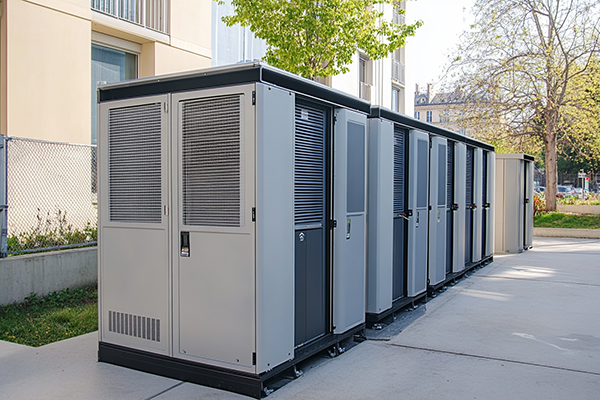
Choosing the right materials and components for custom frames is crucial to achieving superior quality and durability. Each material offers unique benefits, making it essential to match the material to your project’s specific needs. Below, we’ll explore three popular options—aluminum, stainless steel, and carbon steel—and how they can elevate your custom frame designs.
Aluminum: Lightweight and Corrosion-Resistant
Aluminum is a top choice for precision sheet metal fabrication due to its lightweight nature and excellent corrosion resistance. If your project involves outdoor applications or environments prone to moisture, aluminum ensures long-lasting performance without compromising on weight. Its versatility makes it ideal for both structural and decorative purposes.
To guarantee aluminum’s corrosion resistance, manufacturers often rely on rigorous testing methods. These include:
These tests confirm aluminum’s ability to withstand harsh conditions, making it a reliable option for custom frames. Additionally, its lightweight properties reduce the overall load, which is particularly beneficial for projects requiring mobility or transportability. Whether you’re designing frame materials for art or industrial applications, aluminum offers a balance of functionality and aesthetics.
Tip: Opt for aluminum when you need a material that combines strength with corrosion resistance, especially for outdoor or marine environments.
Stainless Steel: Durable and Aesthetic
Stainless steel stands out as a premium material for custom frames, offering unmatched durability and a sleek, modern appearance. Its high chromium content provides excellent resistance to corrosion, making it suitable for both indoor and outdoor applications. If you’re aiming for superior quality and durability, stainless steel delivers on both fronts.
Here’s how stainless steel compares to aluminum in key areas:
Strength-to-Weight Ratio:
Stainless Steel (304): Tensile Strength of 73,200 psi, Density ~7.93 g/cm³, Strength Ratio ~63.
Aluminum (6005 T5): Tensile Strength of 39,900 psi, Density 2.81 g/cm³, Strength Ratio ~99.
Durability:
Stainless steel frames provide rigid, fixed connections for long-term stability and resist deformation under heavy loads.
Aluminum systems can fail quickly and catastrophically, especially older models, but self-aligning systems can mitigate this risk.
Environmental Resistance:
Stainless steel has excellent corrosion resistance due to chromium, protecting against acids, alkaline solutions, and harsh weather.
Aluminum offers some corrosion resistance but is less effective than stainless steel.
Stainless steel’s polished finish also makes it a popular choice for projects where aesthetics matter, such as architectural designs or frame materials for art. Its ability to combine strength, beauty, and longevity ensures your custom frames will stand the test of time.
Note: While stainless steel may have a higher upfront cost, its long-term durability often makes it a cost-effective investment.
Carbon Steel: Strong and Cost-Effective
For projects requiring strength without breaking the budget, carbon steel is a practical choice. This material is widely used in precision sheet metal fabrication due to its affordability and versatility. It’s particularly well-suited for applications where high weldability and structural integrity are essential.
Here’s a quick overview of carbon steel’s pros and cons:
Carbon steel’s cost-effective nature makes it an excellent option for large-scale projects or those with tight budgets. However, it’s important to apply protective coatings to prevent rust and extend its lifespan. Powder coating or painting can enhance its appearance while adding an extra layer of protection.
Tip: Use carbon steel when you need a strong, budget-friendly material for indoor applications or projects where aesthetics are less critical.
By understanding the unique properties of aluminum, stainless steel, and carbon steel, you can select the perfect material for your custom frames. Each option offers distinct advantages, ensuring your project achieves the desired balance of performance, cost, and visual appeal.
Comparing Material Properties for Custom Applications
When choosing the right material for your custom project, understanding how aluminum, stainless steel, and carbon steel compare can help you make an informed decision. Each type of metal offers unique advantages, and selecting the best one depends on your project’s specific needs. Let’s break down their properties to help you decide.
1. Strength and Durability
If your project requires a frame that can handle heavy loads or endure harsh conditions, stainless steel is the strongest contender. Its high tensile strength and resistance to deformation make it ideal for industrial and structural applications. Carbon steel also provides excellent strength, especially for projects where cost is a concern. However, it may require protective coatings to prevent rust. Aluminum, while not as strong as the other two, offers sufficient durability for lightweight designs and environments with minimal stress.
Tip: For projects exposed to extreme weather or heavy use, stainless steel ensures long-term reliability.
2. Weight and Mobility
Aluminum stands out as the lightest option among these metals. Its low density makes it perfect for applications where weight reduction is critical, such as aerospace or portable structures. Stainless steel and carbon steel are significantly heavier, which can increase transportation costs and limit mobility. If your project prioritizes ease of handling and installation, aluminum is the way to go.
3. Corrosion Resistance
Corrosion resistance is a key factor, especially for outdoor or marine environments. Stainless steel leads the pack with its exceptional ability to resist rust and corrosion, thanks to its chromium content. Aluminum also performs well in this area, as it naturally forms a protective oxide layer. Carbon steel, on the other hand, is prone to rust unless treated with coatings like powder paint or galvanization.
Note: Choose stainless steel or aluminum for projects exposed to moisture or corrosive elements.
4. Cost-Effectiveness
Budget constraints often play a significant role in material selection. Carbon steel is the most affordable option, making it suitable for large-scale projects or those with tight budgets. Aluminum and stainless steel are more expensive, but their long-term benefits, such as reduced maintenance and enhanced performance, can offset the initial cost.
5. Aesthetic Appeal
For projects where appearance matters, stainless steel offers a polished, modern look that enhances visual appeal. Aluminum can also be finished to achieve a sleek design, but it lacks the premium feel of stainless steel. Carbon steel, while versatile, is less suited for decorative purposes unless coated or painted.
6. Environmental Impact
Aluminum is highly recyclable, making it an eco-friendly choice for sustainable projects. Stainless steel also has a high recycling rate, while carbon steel, though recyclable, may require more energy-intensive processes.
By comparing these properties, you can align your choice of materials and components for custom frames with your project’s goals. Whether you prioritize strength, weight, or cost, understanding these differences ensures your custom frame delivers the performance and aesthetics you need.
Call to Action: Ready to start your project? Consult with professionals to select the perfect metal for your custom frame and bring your vision to life.
Design Considerations for Custom Tubular Frames
Choosing the Right Frame Style
Selecting the best frame style for your custom tubular frames depends on your project’s purpose and aesthetic goals. You should consider several factors to ensure the frame complements your design while meeting functional needs. Here’s a step-by-step guide to help you make the right choice:
Consider the Style of the Artwork: If your project involves framing artwork or decorative elements, the frame should reflect the mood and style of the piece. For modern designs, sleek and minimalist tubular frames work best. For traditional or ornate projects, opt for more intricate styles.
Think About Frame Material: Metal frames, such as aluminum or stainless steel, offer durability and a clean finish. These materials also provide excellent design flexibility, allowing you to create unique shapes and sizes.
Match the Frame to the Room’s Décor: The frame should harmonize with the surrounding space. Consider the color palette and overall design of the room to ensure the frame enhances the environment.
Choose the Right Matting: If your project includes artwork, adding matting can create depth and focus. Single or double mats work well for most designs.
By following these framing artwork tips, you can achieve a balance between functionality and aesthetics, ensuring your tubular frame enhances your project.
Evaluating Durability and Longevity
Durability is a critical factor when designing custom tubular frames. You want a frame that withstands wear and tear while maintaining its structural integrity. Metal frames, especially those made from stainless steel or carbon steel, excel in this area. Stainless steel offers unmatched resistance to corrosion and deformation, making it ideal for long-term use. Carbon steel provides strength at a lower cost but requires protective coatings to prevent rust.
For projects requiring lightweight yet durable frames, aluminum is an excellent choice. Its corrosion resistance and design flexibility make it suitable for both indoor and outdoor applications. Always evaluate the expected load and environmental conditions to select the most durable material for your frame.
Ensuring Compatibility with Environmental Conditions
Environmental factors play a significant role in determining the longevity of custom tubular frames. You must choose materials that can withstand the specific conditions of your project’s location. For example, stainless steel is perfect for humid or coastal areas due to its high corrosion resistance. Aluminum also performs well in outdoor settings, thanks to its natural oxide layer that protects against rust.
To ensure your frame is compatible with environmental conditions, consider these tests:
These tests ensure your frame can handle extreme weather conditions, such as hail, heavy rain, or strong winds. By selecting materials tested for environmental compatibility, you can create tubular frames that last for years, even in challenging climates.
Tip: Always prioritize materials that align with your project’s environmental demands. This ensures your frame remains functional and visually appealing over time.
Practical Tips for Custom Metal Fabrication
Fabrication Techniques: Cutting, Welding, and Bending
The metal fabrication process involves several advanced techniques that transform raw materials into custom designs. Understanding these methods helps you choose the best approach for your project. Here’s a breakdown of key techniques:
Each technique offers unique benefits. For example, laser cutting ensures precision, while TIG welding delivers clean, detailed welds. Choosing the right method depends on your project’s complexity and material type.
Tip: For projects requiring advanced fabrication capabilities, consult professionals to ensure accuracy and efficiency.
Surface Finishing Options: Powder Coating, Polishing, and Painting
The finishing stage enhances both the durability and appearance of your custom metal fabrication. Here’s how the most popular options compare:
Powder Coating: This dry finishing process creates a hard, durable surface. It’s ideal for outdoor applications like machinery or automotive parts.
Polishing: Perfect for achieving a mirror-like finish, polishing adds a touch of luxury to your design.
Painting: Offers a wide range of colors and protects against environmental damage.
Note: Powder coating is an eco-friendly option, producing less hazardous waste compared to liquid coatings.
Working with Professionals vs. DIY Customization
When it comes to custom metal fabrication, you might wonder whether to tackle the project yourself or hire professionals. Both options have their pros and cons:
DIY Projects:
Pros: Cost savings, flexibility, and personal satisfaction.
Cons: Requires advanced skills, significant time, and specialized tools.
Professional Services:
Benefits: Expertise, efficiency, and compliance with safety standards. For example, Ameritex LLC successfully completed a custom metal building project by leveraging professional knowledge.
While DIY customization offers control, working with professionals ensures precision and saves time. If your project demands advanced fabrication capabilities or strict compliance, outsourcing is the smarter choice.
Call to Action: Partner with experts to unlock the full benefits of custom metal fabrication and bring your vision to life.
Assembly and Installation of Sheet Metal Frames
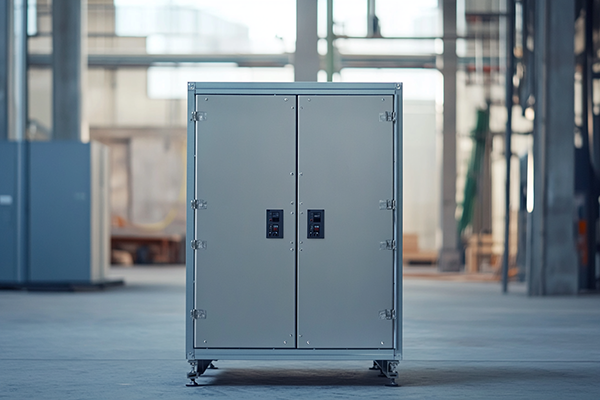
Selecting the Right Hardware and Fasteners
Choosing the correct hardware and fasteners is essential for a successful frame assembly. The right components ensure your sheet metal frame remains secure and functional under various conditions. Start by identifying the type of fasteners that suit your project. For example, bolts and screws work well for detachable connections, while rivets provide a more permanent solution. Always match the fastener material to the frame material to prevent galvanic corrosion.
Precision is key when selecting hardware. Adhering to recommended tolerances ensures a seamless fit and reduces the risk of structural issues. Here’s a quick reference for tolerances during assembly:
By following these guidelines, you can achieve a precise and durable assembly. Additionally, incorporating design for manufacturing (DFM) principles, such as maintaining a 1.5 T distance between holes and bends, can enhance manufacturability and reduce costs.
Ensuring Structural Stability During Assembly
Structural stability is a critical factor in ensuring the longevity and safety of your sheet metal frame. You must evaluate the frame’s load-bearing capacity and resistance to deformation during assembly. Research from Imperial College London highlights the importance of understanding progressive collapse in frame structures. It emphasizes controlling parameters and simulation methods to enhance robustness.
Advanced tools like FSplines can assist in analyzing critical stress points and buckling modes. These tools use the Finite Strip Method to calculate critical loads and ensure compliance with international standards. For example, tangent modulus theory can help you determine effective length factors and prevent instability in steel plane frames.
By leveraging these insights and tools, you can ensure your frame assembly meets both safety and performance standards.
Tips for Safe and Efficient Installation
A safe and efficient installation process not only saves time but also ensures the integrity of your sheet metal frame. Begin by preparing the installation site. Clear the area of debris and ensure the surface is level. Use proper lifting equipment to handle heavy frames and avoid injuries.
Follow these best practices for installation:
Align all components before securing them to prevent misalignment.
Tighten fasteners in a crisscross pattern to distribute stress evenly.
Inspect all joints and connections for stability before finalizing the installation.
Environmental factors also play a role in installation. For outdoor projects, consider weather conditions and use corrosion-resistant materials to enhance durability. A North American designer reduced engineering turnaround time by 25% and achieved 100% first-time-right designs by adopting a top-down approach. This method streamlines the installation process and minimizes errors.
By implementing these tips, you can complete your installation efficiently while ensuring the safety and stability of your frame.
Choosing the right sheet metal frame for your custom project starts with understanding your unique requirements. By carefully evaluating size, load-bearing needs, and environmental conditions, you can create a design that balances functionality and aesthetics. Material selection plays a pivotal role here. Studies show that using strategic methodologies, like materials properties maps, ensures your choices align with performance and safety goals. This approach not only prevents costly errors but also enhances the longevity of your frame.
Proper customization and assembly techniques further elevate your project. From precise fabrication methods to secure installation practices, every step contributes to a durable and visually appealing result. Don’t leave your project’s success to chance. Partner with professionals or take the first step today to bring your vision to life with confidence.
FAQ
What is the best material for outdoor sheet metal frames?
Aluminum and stainless steel are excellent choices for outdoor frames. Aluminum resists corrosion and remains lightweight, while stainless steel offers unmatched durability and a polished finish. Choose based on your project’s weight and aesthetic needs.
How do I ensure my frame can handle heavy loads?
Evaluate the load-bearing capacity of your frame during the design phase. Use materials like carbon steel or stainless steel for strength. Reinforce stress points with proper welding techniques and select fasteners designed for high-stress applications.
Can I customize sheet metal frames myself?
Yes, but professional services ensure precision and save time. DIY customization requires advanced tools and skills. For complex designs or strict safety standards, working with experts guarantees better results.
How do I protect my frame from rust?
Apply protective coatings like powder coating or paint. Stainless steel and aluminum naturally resist rust, making them ideal for humid or coastal environments. Regular maintenance also extends the lifespan of your frame.
What is the most cost-effective material for custom frames?
Carbon steel is the most budget-friendly option. It offers excellent strength and versatility. However, it requires protective coatings to prevent rust. For projects with tight budgets, carbon steel delivers great value.
Tip: Consult professionals to choose the right material and ensure your frame meets all requirements.
